Lenin still maintains a protective and proud gaze over abandoned buildings alongside the Nordenskiöld Glacier at a place which once held such hopes for prosperity and prestige.
Pyramiden has a very interesting history, hinged on the history of the Svalbard region.
Beginning around the 17th century these surrounding Arctic Islands were used as a base for whaling and walrus trapping…. btw… The Longyearbyen museum gives a fantastic account of the timeline for the history of this region.
By the beginning of the 20th century, the need for energy for industry was a high priority and coal was found here and became a valuable resource – for a period. Up until then, this archipelago belonged to no one nation and was freely used by many countries with no main governance.
That changed in 1920 and the Svalbard Treaty was established by Norway, the United States and Britain; granting Norway the sovereignty over the region. The Soviets were preoccupied with their own civil war and were disgruntled at not being included in the process… but due to the way the Treaty was drafted, it left room for other countries – 40 in fact; to establish commercial interests in the region.
In the 1930’s, the Soviet state-run Trust Artikugol invested in the the coal mining operations in Svalbard, and Pyramiden began to thrive.
This place of strong curved brick buildings seemed to be typically ‘Russian’ – as we have seen on our travels through Russia; but there was also an element of elitism which I have not seen before in other places in Russia.
A gymnasium with a basketball court at one end and a movie theatre at the other. Grand streets with imported soil from the Ukraine to grow grass to line the promenade and main square. Elaborate housing with refrigeration boxes alongside the window spaces. Colourfully painted buildings. Mosaic mural-ed dining hall.
It seemed like this place was to set some sort of example to other nations in the region about the Soviet prosperity. It seemed like a communist ‘show-pony’… and far from the realities of the potato fields and peasant farmers I’ve witnessed in rural Russia.
This facade seemed to crumble after a few decades and the coal resources weren’t as profitable as originally thought. Some historians have speculated that it was never the coal that the Soviets were interested in; but rather to gain an opportunistic foothold in the region.
After the collapse of the Soviet Union in the 1990’s, the mine operations were flailing; and in 1996 a tragic plan crash from Moscow carrying 141 workers and their families crashed, killing everyone on board. That was the end of the Pyramiden community, and the last load of coal was mined in 1998.
Today the halls are empty. Paint cracks and curls and falls to the icy floor. Dead plants, leaves brown and withered still remain in their pots. I found it a bit strange really seeing that. I suppose when everyone left, there was no point in tidying things up… and then in around 2007 when someone thought it would be a good idea to make this abandoned town a tourist visit.. they thought it was a good idea to leave the dead plants to illustrate how ‘abandoned’ this place had become. Fascinating really.
I smiled when I saw the painted mural on the fence and wondered how many children grew up in this town that I’m sure only a few will ever really know of it’s true intention… and wondered what sort of lives they lead now after they were told… “It’s time to leave”.
I found Pyramiden fascinating, and because of the brilliant blue skies, I found quite beautiful. Looking to the mountains and glacier was breathtaking. I’m sure if the weather had been bleak and grey I would have an entirely different perspective! I’m certain living here going into the mines with its associated risks… and the cold and dark…and even with the ideology of the hammer and sickle of the worker-peasant alliance… it would have been a life I’m glad I didn’t live.
I’m off aboard a tall ship today for 3 weeks so will be off the grid for that time. When I’m back on land I’m sure I will have more stories and photographs to share..
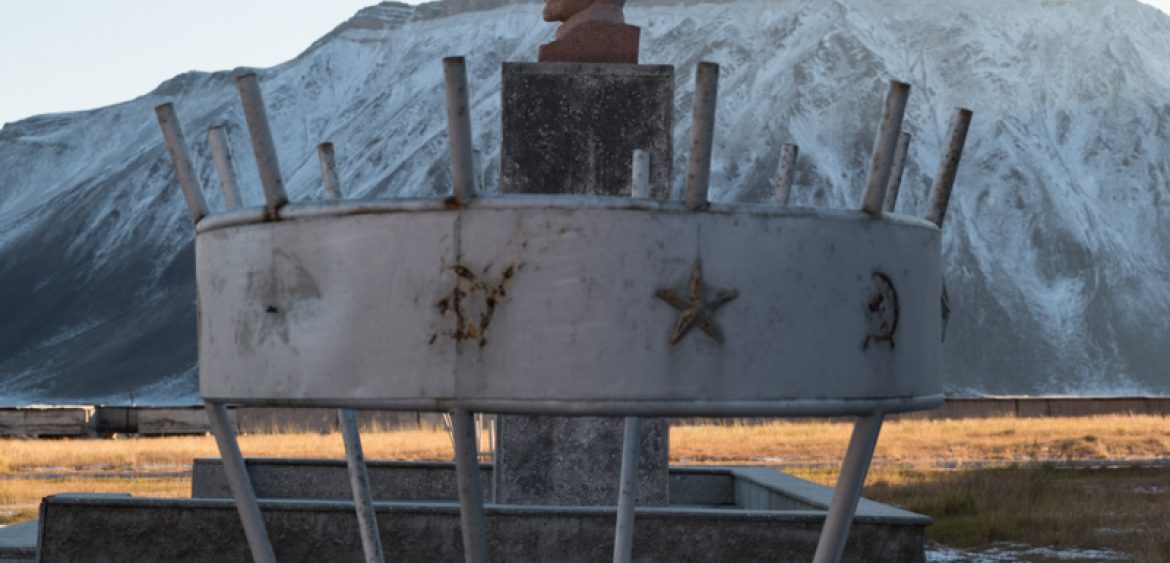
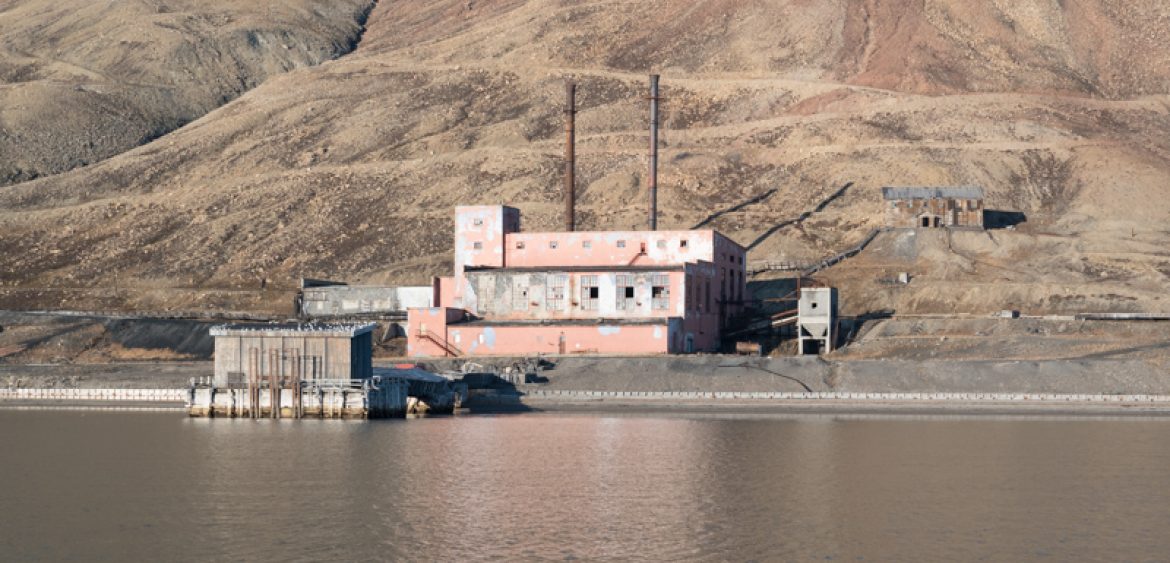
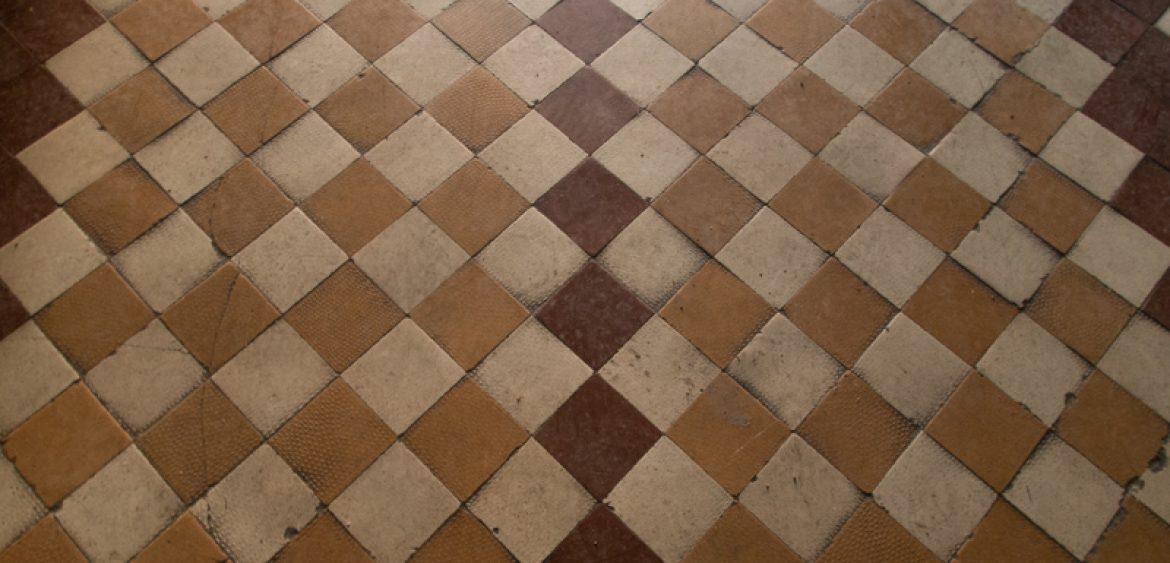
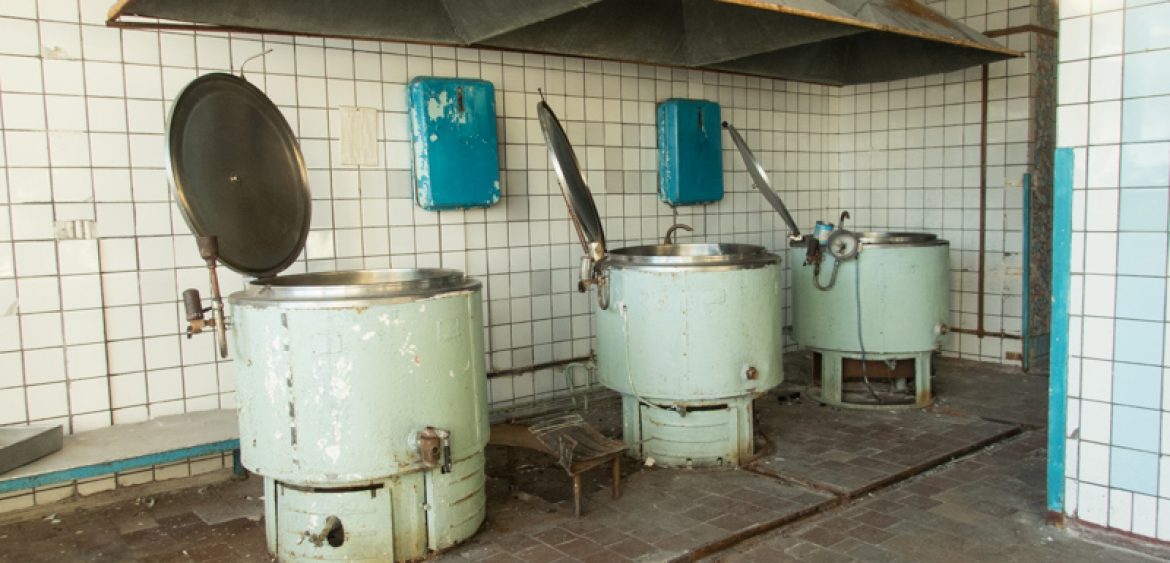
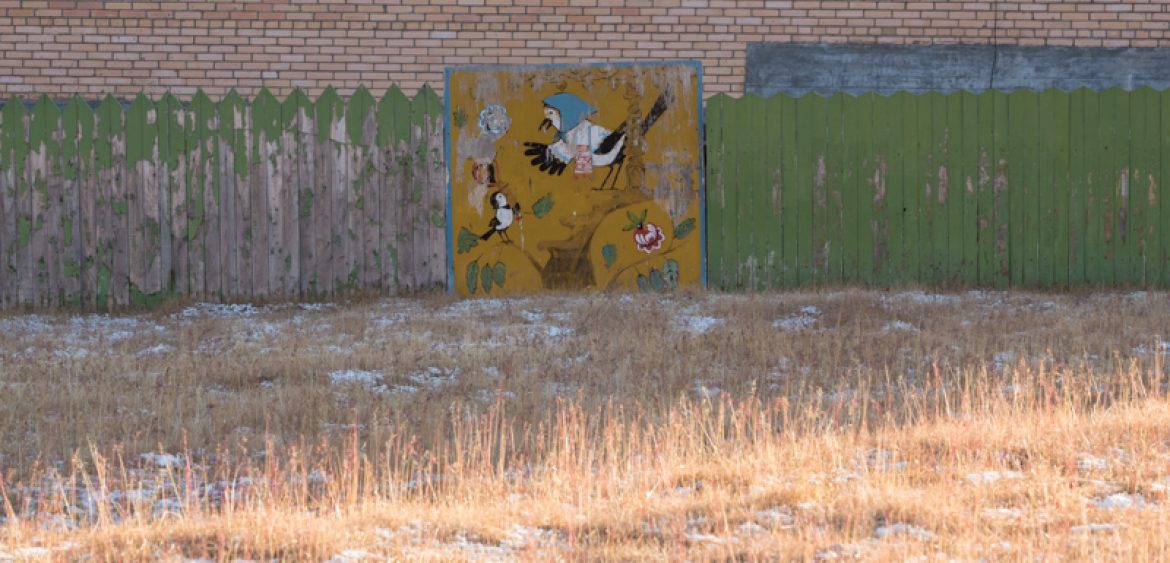
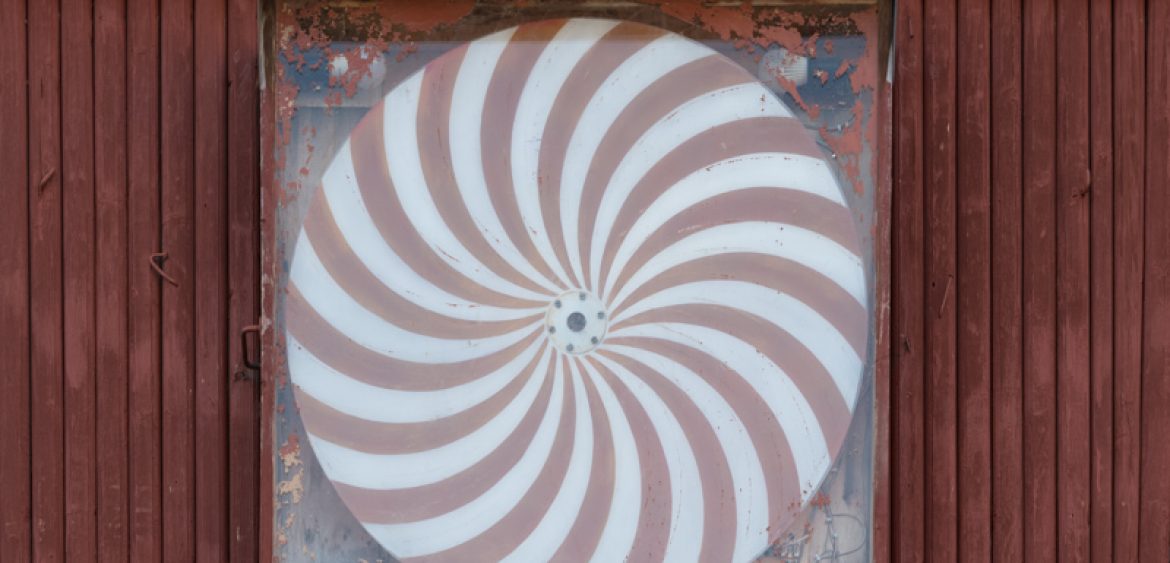
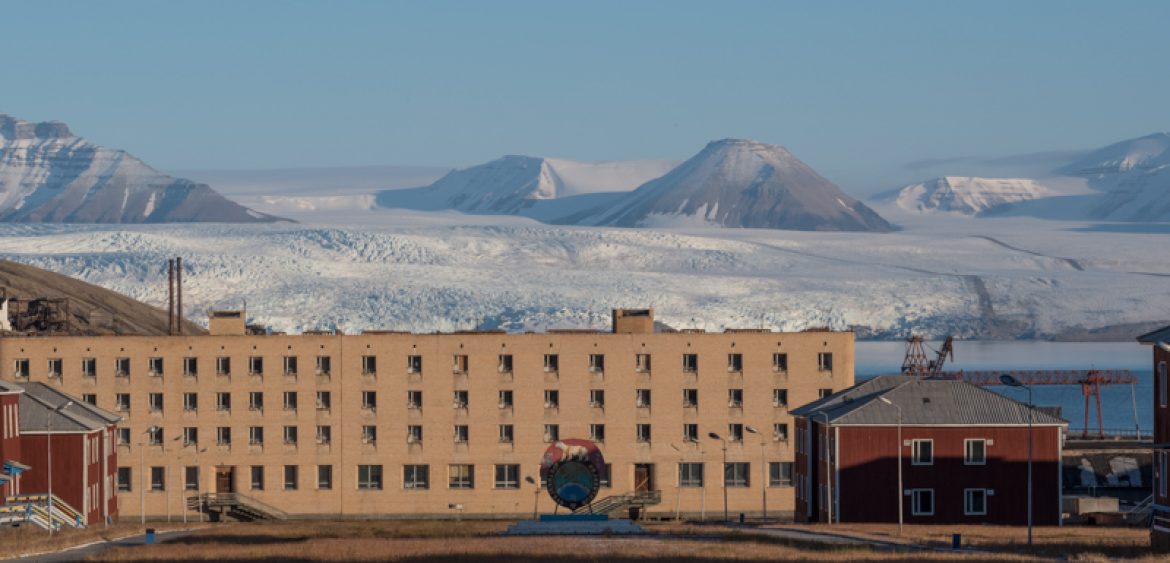
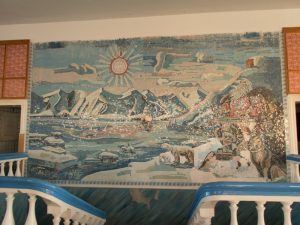
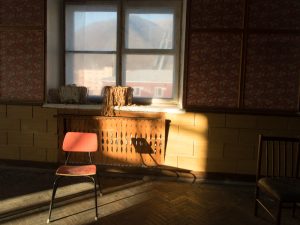
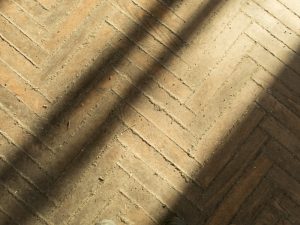
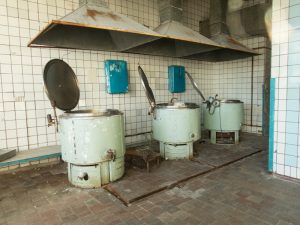
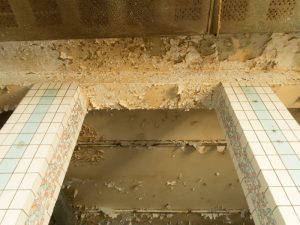
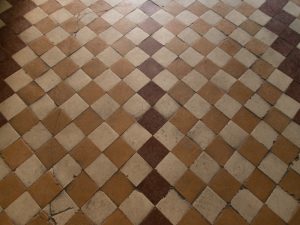
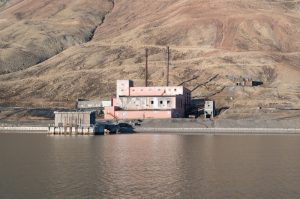
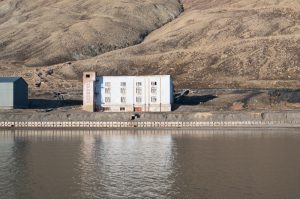

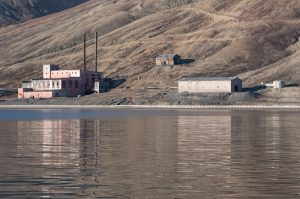
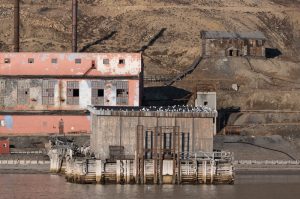
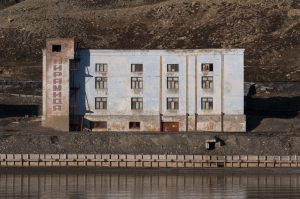
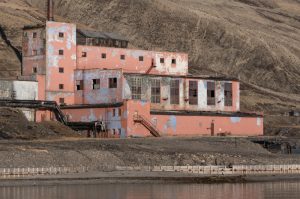
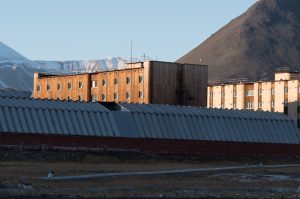
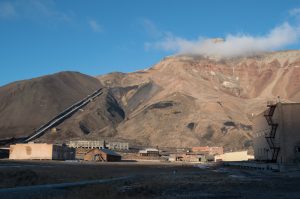
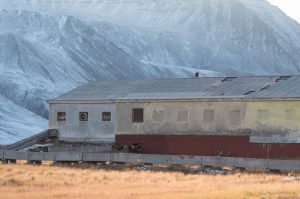
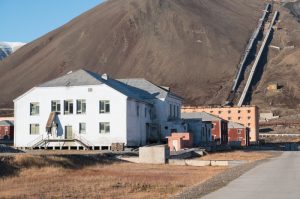
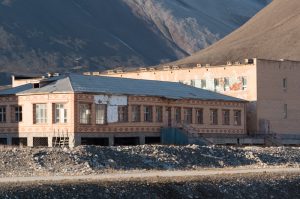
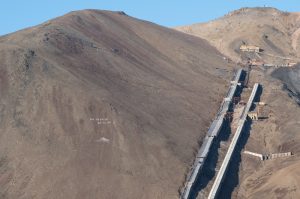
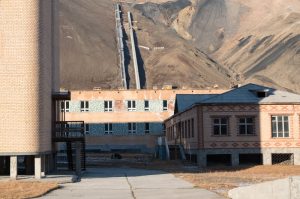
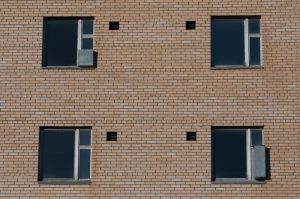
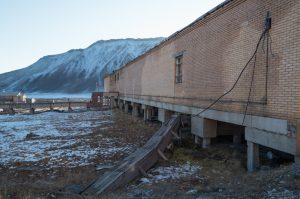
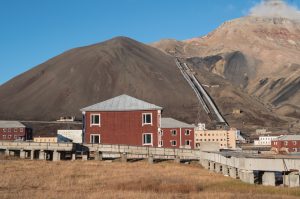
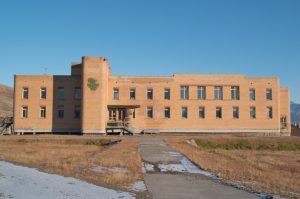
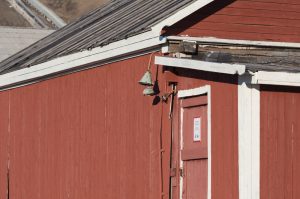
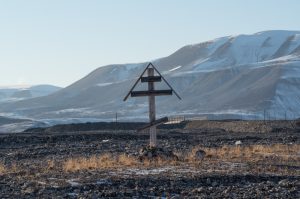
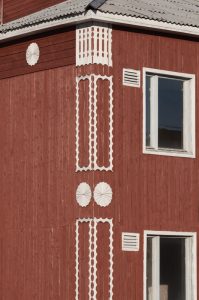
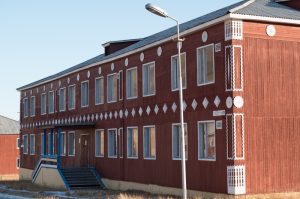
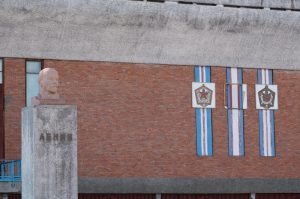
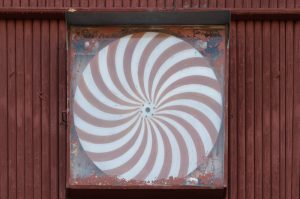
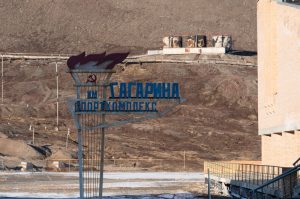
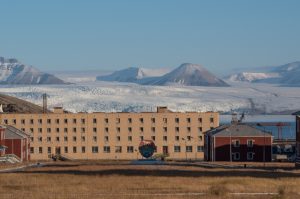
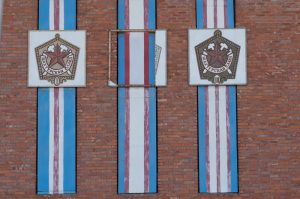
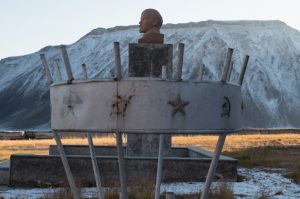
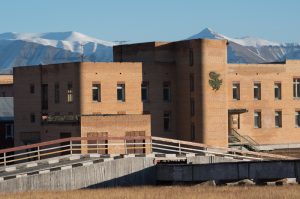
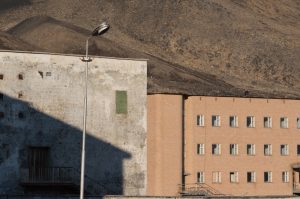
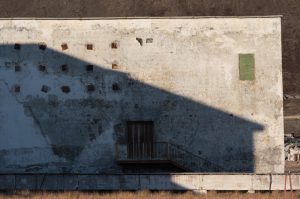
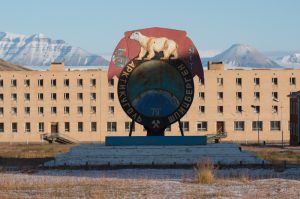
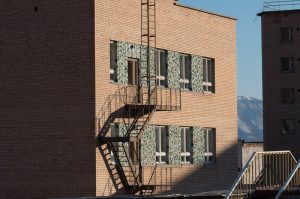
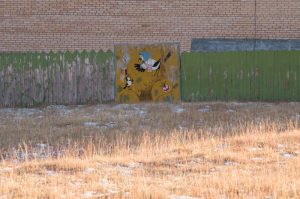
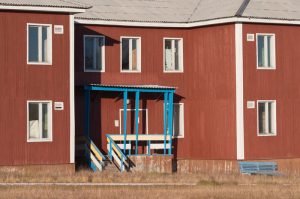
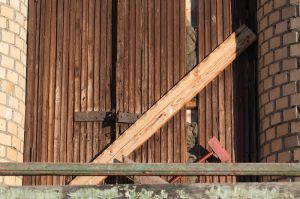
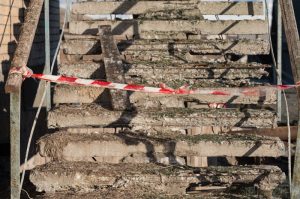
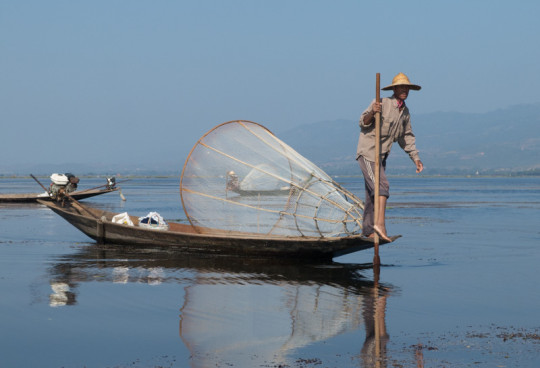
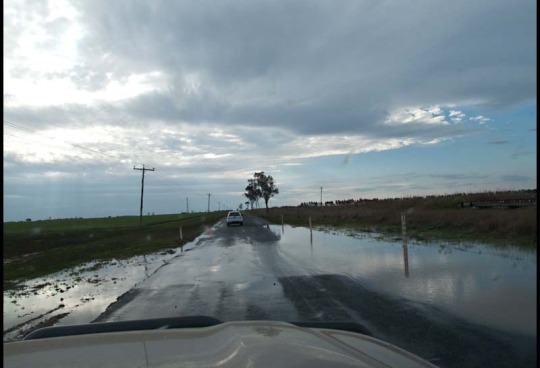

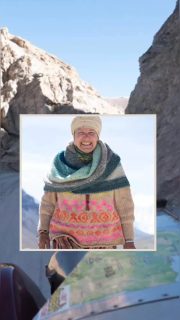



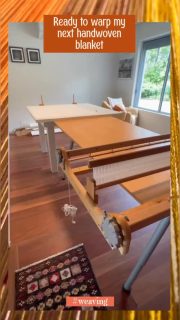
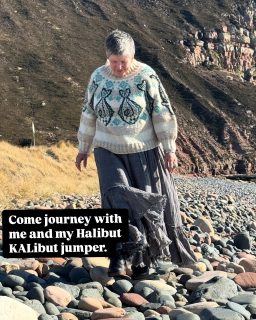

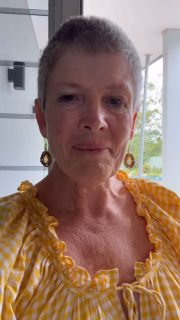




































Sorry, the comment form is closed at this time.